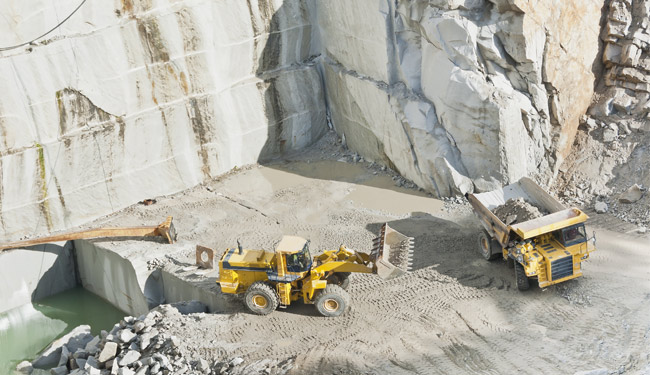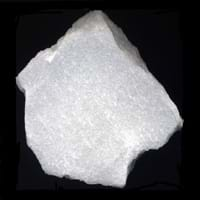While marble is slightly harder and denser than limestone both rate very low on the mohs scale a rating used to measure the hardness of stones.
Is marble stronger than limestone.
Limestone is softer than marble because of how they are formed inside.
This information will answer the question of which is stronger marble or granite.
Depending on the limestone and the mineral combination within the marble most marble rates from three to five on the mohs hardness scale.
Marble is limestone that has been compacted and heated over millions of years.
Marble has the same general properties of limestone and can stain etch or scratch but only becomes more beautiful over time and use.
It is resistant to heat and can easily withstand hot cookware therefore it is perfect for kitchen tops.
It definitely makes a statement.
It is generally thought to be from italy but in actuality it is quarried all over the world.
Both limestone and marble are types of rock made of calcium carbonate residues.
Marble is a term used by geologists to refer to metamorphosed limestone.
With it s high contrast striations and larger variety of colors marble is a bolder choice than limestone.
Marble is a non foliated metamorphic rock which is composed of recrystallized carbonate which is formed when limestone is exposed to high temperatures and pressures over a long time.
As a result marble is less porous and slightly stronger than limestone but still less durable than granite.
Depending on the limestone and the mineral combination within the marble most marble rates from three to five on the mohs hardness scale.
As a result marble is less porous and slightly stronger than limestone but still less durable than granite.
It is mostly known as the most durable natural stone and compared to marble.
Marble consists of tightly interlocked crystals which makes it stronger than limestone.
Sandstone is defined as a rock which is composed of sand sized grains of various minerals mostly of uniform size and often are smooth and rounded.
Most marble has veining mineral deposits throughout.
Even though their chemical nature is almost similar to each other there are many differences between limestone and marble in the way they originate and the physical characteristics they possess.
But because of its history as the go to stone for palaces temples and sculptures marble evokes wealth and extravagance making it slightly less versatile than limestone.
Since marbles and limestone are crystallized calcite these will etch with anything from a piece of lemon to certain household cleaning agents and foods such as coffee tea and ketchup.
Limestone generally ranks at around a 3 on the scale while marble falls between 3 and 4.
Granite is comparatively harder and stronger than marble.



















